Laba porridge, a cherished culinary tradition in Chinese culture, is a hearty dish served on the eighth day of the twelfth lunar month, known as Laba Festival. This festival marks the end of the winter solstice period and the beginning of preparations for the Lunar New Year. The porridge, often simmered overnight, is a symbol of harmony, gratitude, and communal unity. Its ingredients, a meticulous blend of grains, legumes, nuts, and dried fruits, reflect agricultural abundance and regional diversity. This article delves into the traditional materials that compose Laba porridge, exploring their historical significance, nutritional benefits, and cultural symbolism.
Grains: The Foundation of Nourishment
The base of Laba porridge is typically composed of a variety of grains, each contributing unique textures and flavors. Glutinous rice (also known as sticky rice) is a staple, prized for its ability to thicken the porridge and impart a creamy consistency. Job’s tears, or coix seed, adds a chewy texture and is valued for its medicinal properties in traditional Chinese medicine. Millet, a drought-resistant grain, symbolizes resilience and sustenance, while oats introduce a nutty flavor and dietary fiber. Barley, another common ingredient, is celebrated for its high fiber content and ability to aid digestion. In northern regions, wheat berries or sorghum may be included, reflecting local agricultural practices. These grains collectively provide a robust source of carbohydrates, essential for energy during the cold winter months.
Legumes: Proteins and Symbolism
Legumes form the protein-rich core of Laba porridge, with each variety carrying symbolic meaning. Red beans (adzuki beans) are indispensable, believed to ward off evil spirits and misfortune due to their vibrant hue. Mung beans offer a refreshing contrast with their mild sweetness, while kidney beans contribute a meaty texture. Black-eyed peas, though less common in some regions, are associated with luck and prosperity in certain dialects. Chickpeas and lentils may also appear, particularly in northern variations. Legumes not only enhance the porridge’s nutritional profile but also align with the festival’s theme of abundance, as their round shapes mirror coins and wealth.
Dried Fruits: Sweetness and Cultural Resonance
Dried fruits introduce natural sweetness and a burst of flavor to Laba porridge. Jujubes (Chinese red dates) are a must-have, revered for their iron content and sweet, honey-like taste. Dried longan adds a caramel-like richness and is believed to nourish the heart and spleen in traditional medicine. Raisins, whether golden or dark, provide tartness and texture, while dried apricots or prunes offer a tangy counterbalance. In some regions, dried persimmons or figs are incorporated, each fruit carrying its own folklore—such as the belief that jujubes symbolize family unity. These ingredients not only elevate the porridge’s taste but also reflect the harvest’s bounty.
Nuts and Seeds: Crunchy Delights and Health Benefits
Nuts and seeds contribute crunch and essential nutrients. Chestnuts, roasted and peeled, add a buttery sweetness and are rich in vitamin C. Walnuts provide omega-3 fatty acids and a subtle bitterness, while almonds offer a delicate, nutty flavor. Peanuts, though technically legumes, are often grouped with nuts here for their crunch and protein content. Lotus seeds (also called fox nuts) are prized for their ability to soothe the mind and are a nod to purity and harmony. Pumpkin seeds or sunflower seeds may appear in modern adaptations, adding earthy notes. These ingredients symbolize resilience and longevity, with their hard shells representing life’s challenges and inner kernels embodying perseverance.
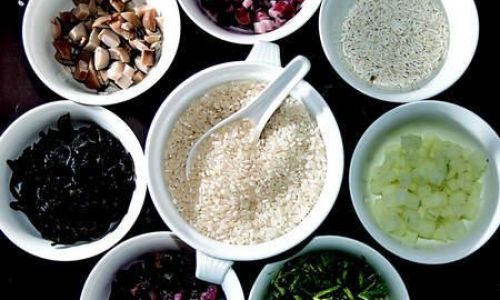
Other Traditional Additions
Beyond the basics, Laba porridge may include unique regional ingredients. Dried lotus roots, sliced thin, add a floral aroma and are associated with clarity of thought. Dried lily bulbs introduce a subtle bitterness and are believed to cool the body, balancing the porridge’s warmth. Goji berries (wolfberries) contribute a bright red color and are revered for their antioxidant properties. In some areas, dried tangerine peel is added for its citrusy zest and digestive benefits. Mushrooms, such as shiitake, may be included in savory variations, particularly in southern China. These additions highlight the porridge’s adaptability and the creativity of cooks across generations.
Regional Variations: A Mosaic of Flavors
China’s vast geography has given rise to distinct regional interpretations of Laba porridge. In Beijing, the porridge often features a luxurious mix of eight ingredients, including glutinous rice, red beans, jujubes, and lotus seeds, symbolizing the eight immortals of Taoist mythology. Shanghai’s version might incorporate dried scallops or abalone for a savory twist, reflecting maritime influences. Sichuan cooks may add chili oil or Sichuan peppercorns, imbuing the dish with fiery heat. Cantonese variations prioritize sweetness, with additions like coconut milk or rock sugar. In Tibet, a similar dish called gulab jamun uses tsampa (roasted barley flour) and yak butter, adapting to local ingredients. These variations underscore the porridge’s role as a cultural canvas, evolving with local tastes and resources.
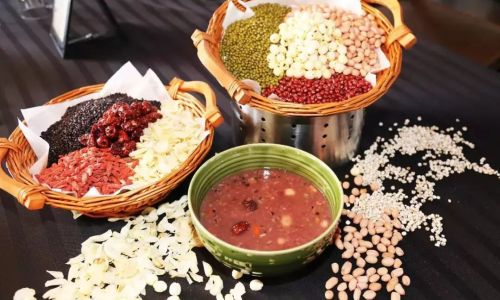
The Ritual of Preparation
The act of making Laba porridge is as significant as the ingredients themselves. Families often gather to soak, rinse, and combine the materials, a process that fosters intergenerational bonding. The porridge is traditionally simmered overnight, with some households adding ingredients at staggered intervals to achieve layered flavors. For example, grains and legumes might be boiled first, followed by nuts and dried fruits later to preserve their texture. The final dish is often garnished with sesame seeds, coconut flakes, or a drizzle of honey. This meticulous preparation mirrors the festival’s theme of patience and gratitude, as cooks await the porridge’s transformation into a cohesive, nourishing meal.
Cultural Symbolism and Folklore
Each ingredient in Laba porridge carries symbolic weight. The eight main components (a number associated with luck in Chinese culture) represent unity and completeness. Red-colored ingredients, like jujubes and adzuki beans, symbolize joy and the expulsion of misfortune. Round-shaped items, such as lotus seeds and chestnuts, mirror coins and fertility, while bitter elements like dried lily bulbs remind diners to appreciate life’s challenges. Legends further enrich the porridge’s significance: one tale recounts Buddha’s enlightenment after consuming a similar grain mixture, while another ties it to a Ming Dynasty emperor who distributed porridge to the poor. These stories reinforce the dish’s role as a bridge between the divine and the mundane.

Nutritional Harmony
From a health perspective, Laba porridge is a nutritional powerhouse. The combination of grains, legumes, nuts, and fruits provides a balanced intake of carbohydrates, proteins, healthy fats, and fiber. Adzuki beans and lotus seeds offer potassium and magnesium, while jujubes and goji berries supply iron and vitamin C. The dish’s low glycemic index, due to the high fiber content, makes it suitable for diabetics when consumed in moderation. Traditional Chinese medicine also praises it for warming the body, aiding digestion, and boosting qi (vital energy) during winter.
Modern Adaptations and Global Influence
While purists adhere to time-honored recipes, contemporary cooks experiment with innovative twists. Quinoa, chia seeds, or tofu may replace traditional grains for health-conscious diners. Vegan versions omit animal products, relying on plant-based sweeteners like maple syrup. In diaspora communities, Laba porridge has evolved to include local ingredients—such as cranberries or pecans—while retaining its cultural essence. Restaurants worldwide now offer fusion takes, pairing the porridge with exotic spices or serving it as a breakfast bowl. These adaptations ensure the tradition’s survival in an ever-changing world.
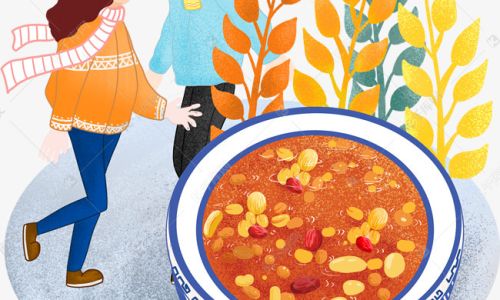
Conclusion: A Bowl of Heritage
Laba porridge is more than a dish—it is a testament to China’s agricultural heritage, culinary ingenuity, and philosophical values. Its ingredients, carefully selected and combined, reflect a harmony between nature and human creativity. As families gather to share this humble yet profound meal, they honor not only their ancestors but also the interconnectedness of all life. In every spoonful of Laba porridge, one tastes history, culture, and the enduring power of tradition. Whether simmered in a rustic kitchen or a modernist restaurant, this timeless dish continues to nourish bodies and souls alike.


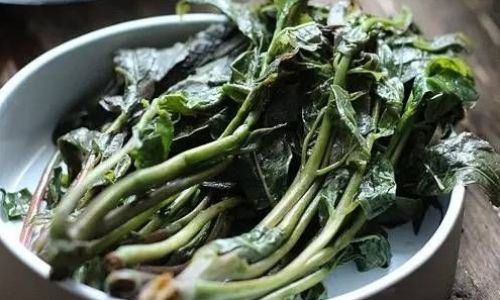
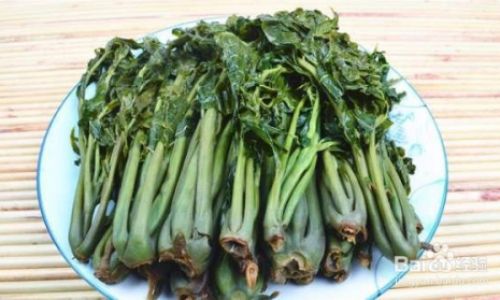
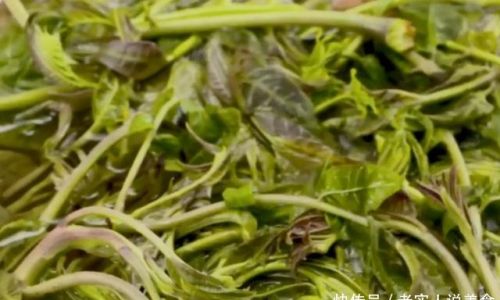
0 comments